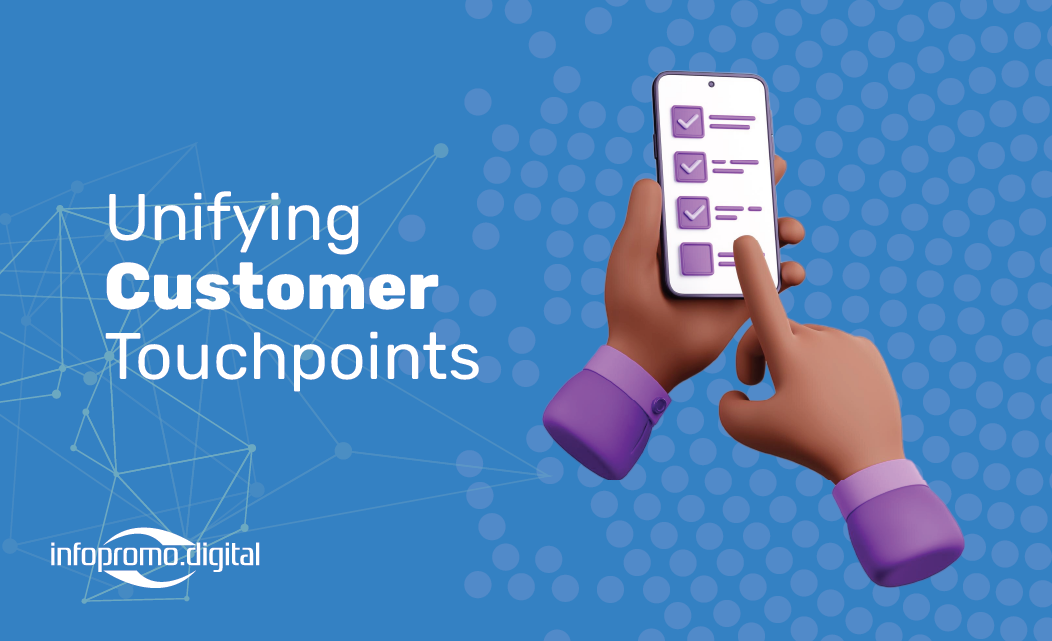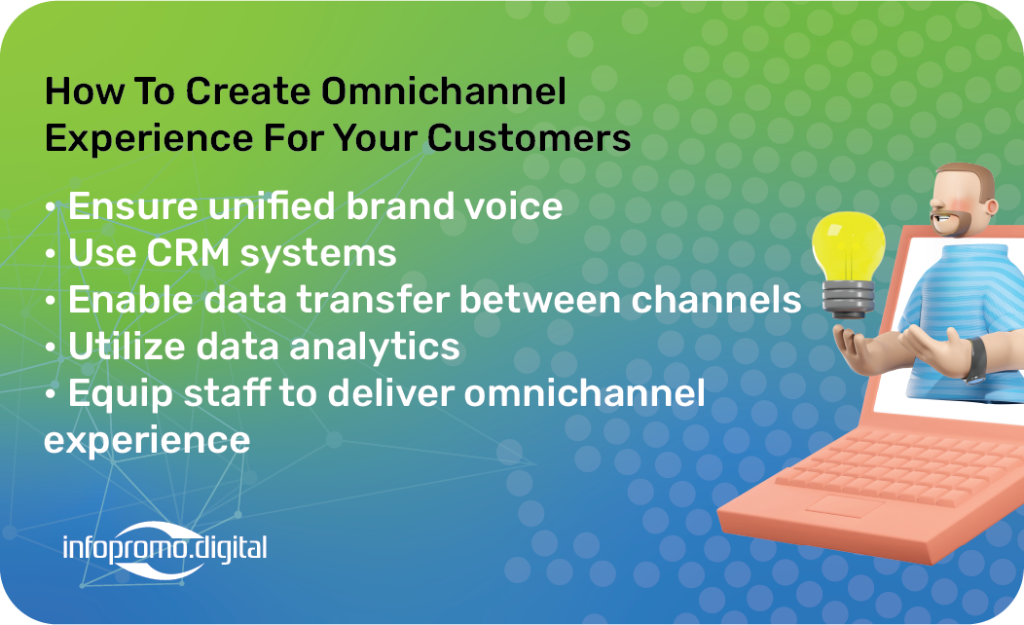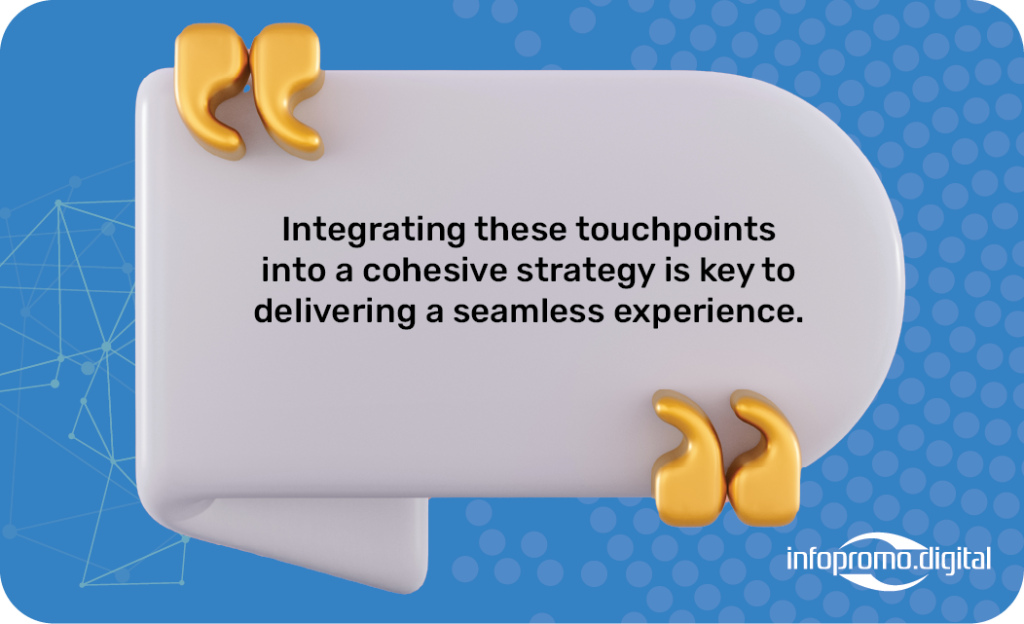
In today’s interconnected world, providing a seamless omnichannel experience is essential for businesses looking to enhance customer engagement and satisfaction. Unifying customer touchpoints—both online and offline—ensures a consistent and integrated experience that can significantly boost customer loyalty. This blog explores how businesses can effectively integrate these touchpoints to create a unified customer journey.

Understanding Customer Touchpoints Customer touchpoints are the various interactions a customer has with a brand throughout their journey. These touchpoints can be online, such as websites, social media, and emails, or offline, such as in-store visits, phone calls, and direct mail. Integrating these touchpoints into a cohesive strategy is key to delivering a seamless experience.
The Importance of an Omnichannel Approach An omnichannel approach ensures that customers receive a consistent experience regardless of the channel they use. This not only enhances customer satisfaction but also builds brand trust. For example, a customer who starts their journey researching a product online and completes the purchase in-store expects a smooth transition between the two channels. Any disconnect can lead to frustration and potential loss of business.
Strategies for Unifying Customer Touchpoints
- Consistent Branding and Messaging Ensure that your brand’s voice, visuals, and messaging are consistent across all channels. This consistency helps reinforce brand identity and makes it easier for customers to recognize and trust your brand.
- Integrated Technology Solutions Utilize integrated technology solutions like Customer Relationship Management (CRM) systems to track customer interactions across different channels. This integration provides a holistic view of the customer journey, enabling personalized and timely interactions.
- Seamless Data Flow Ensure that data flows seamlessly between online and offline channels. For instance, if a customer signs up for a loyalty program online, their information should be readily available at physical locations to provide a personalized experience.
- Personalized Customer Experience Use data analytics to understand customer preferences and behaviors. Personalized recommendations, targeted marketing campaigns, and customized communications can significantly enhance customer engagement.
- Employee Training Train your employees to understand and implement omnichannel strategies. Employees should be equipped to provide a consistent customer experience, whether they are interacting with customers online or offline.

Measuring Success To measure the success of your omnichannel strategy, track key performance indicators (KPIs) such as customer satisfaction scores, repeat purchase rates, and overall sales growth. Analyzing these metrics can provide insights into areas of improvement and help refine your approach.
Conclusion Unifying customer touchpoints to create a seamless omnichannel experience is essential for modern businesses. By implementing consistent branding, integrated technology, seamless data flow, personalized experiences, and employee training, businesses can significantly enhance customer engagement and loyalty. Embrace the power of an omnichannel approach to stay ahead in today’s competitive market.




